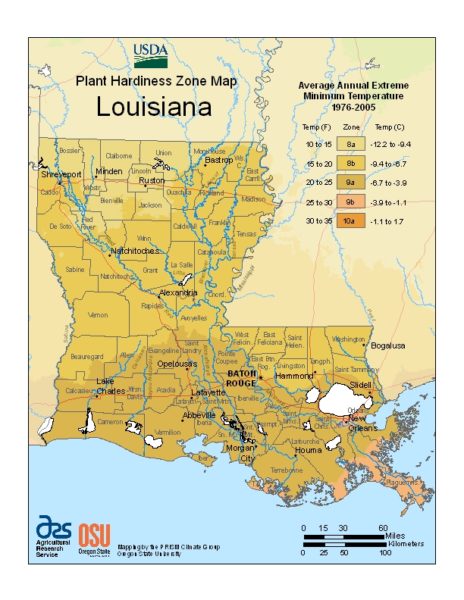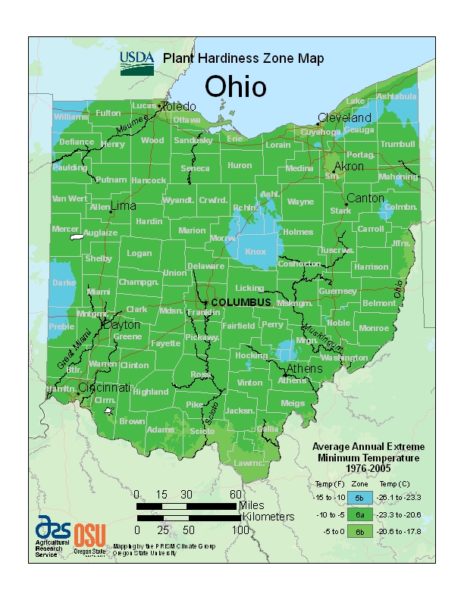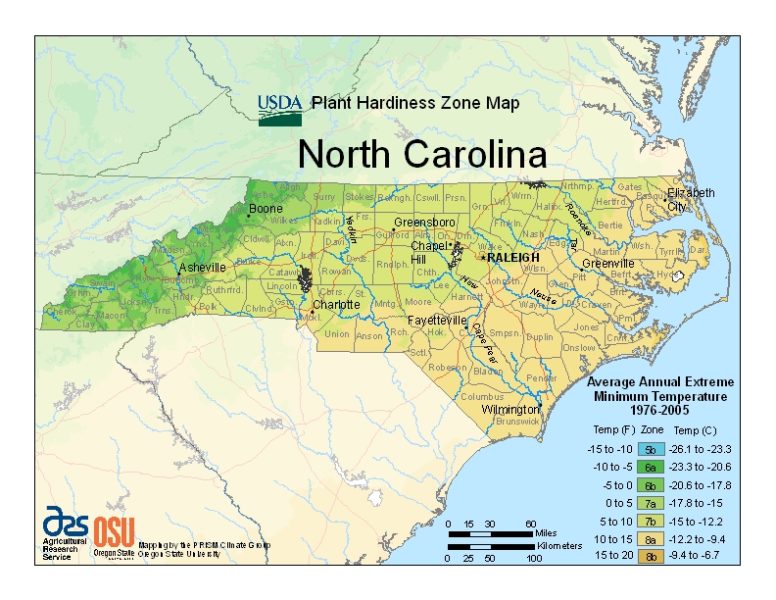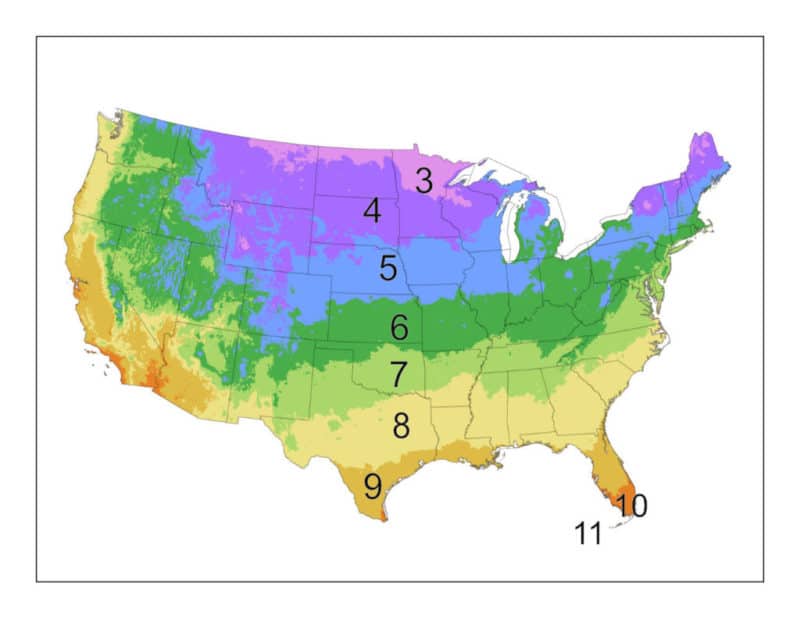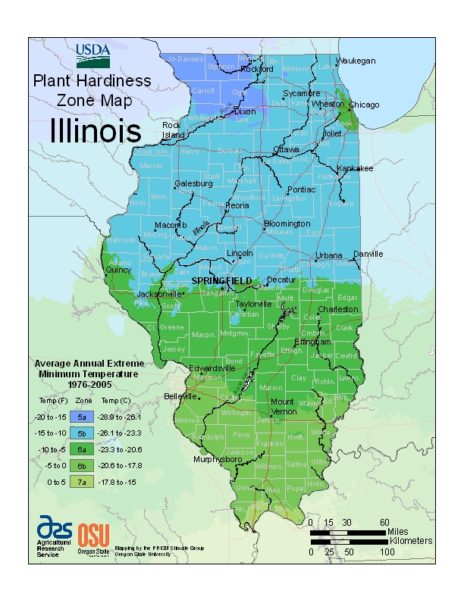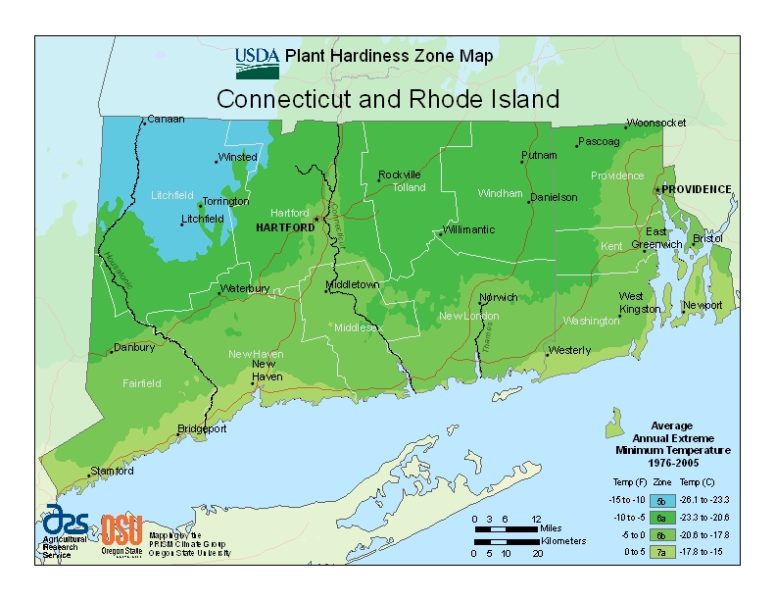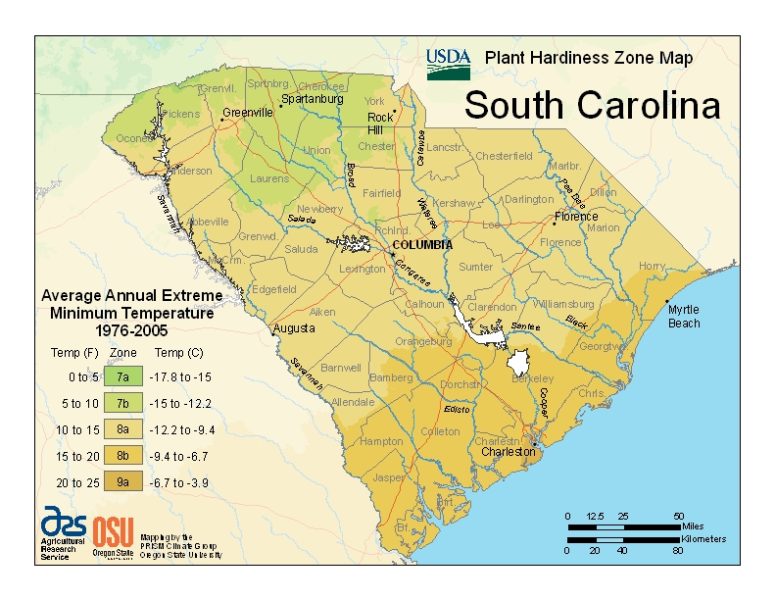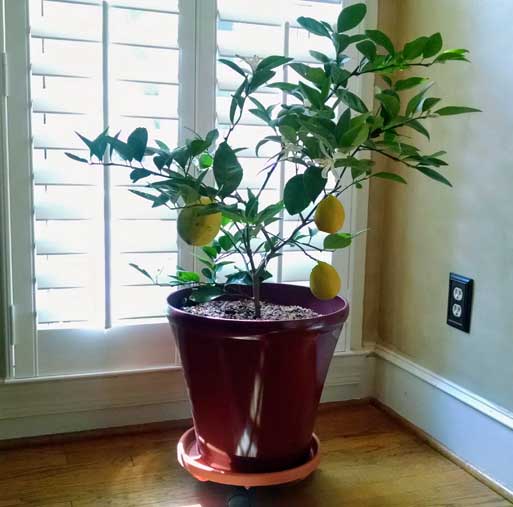
Guide to Growing a Meyer Lemon Tree Indoors
Introduction
The Improved Dwarf Meyer Lemon is one of the best citrus trees for anyone. In colder climates, simply bring the tree indoors.? With the right conditions and care, you can grow a Meyer lemon tree indoors and enjoy the delights of homegrown lemons all year round. In this comprehensive guide, we will walk you through the step-by-step process of successfully nurturing a Meyer lemon tree indoors, from selecting the right variety to providing optimal growing conditions.
Choosing the Ideal Meyer Lemon Variety
Not all lemon varieties are well-suited for indoor growth. The Meyer lemon, known for its compact size, fragrant blossoms, and flavorful fruit, reigns supreme in indoor cultivation. Meyer lemon trees are a hybrid citrus, a cross between a lemon and a mandarin orange, offering a sweeter and less acidic taste compared to traditional lemons. You want to look for the ‘Improved’ Dwarf Meyer Lemon tree. It is also important to verify the tree was grown from grafting and not from seed.
Selecting the Right Container
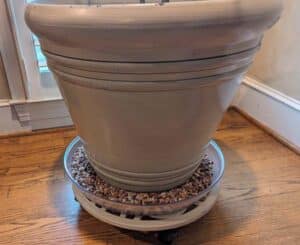 To provide a cozy home for your Meyer lemon tree, choosing the appropriate container is essential. Opt for a pot that allows for proper root development and drainage. Select a pot that is 2 to 3 times larger than the root ball, preferably one with plenty of drainage holes at the bottom.
To provide a cozy home for your Meyer lemon tree, choosing the appropriate container is essential. Opt for a pot that allows for proper root development and drainage. Select a pot that is 2 to 3 times larger than the root ball, preferably one with plenty of drainage holes at the bottom.
TIP: Put your container on a tray that has about a half inch of pebbles. You don’t want your tree sitting in water. That’s referred to as ‘wet feet’ and can cause root rot.
Optimal Placement and Lighting
Finding the perfect spot for your lemon tree is crucial for its health and productivity. Place your tree near a south or west-facing window, ensuring it receives at least 6-8 hours of sunlight daily. If you don’t have access to sufficient natural sunlight, supplement it with full-spectrum grow lights. The right balance of light is vital for photosynthesis and fruit production.
Providing the Right Soil and Nutrients
Meyer lemon trees require well-draining soil to prevent waterlogging and root rot. Choose a high-quality, loamy soil mixture with good fertility. You can create your own soil mix by combining equal parts of potting soil, perlite, and peat moss. Additionally, providing organic fertilizers formulated for citrus plants will help meet their nutritional requirements.
Watering Your Meyer Lemon Tree
Finding the right watering routine for your Meyer lemon tree is crucial. Err on the side of caution, as overwatering can be detrimental to the plant’s health. Water the tree thoroughly when the top 2 inches of soil are dry, but ensure the water drains properly. Monitor soil moisture levels closely and adjust watering frequency based on the tree’s needs.
Maintaining the Ideal Humidity and Temperature
Meyer lemon trees thrive in humid conditions, so maintaining the right humidity level is essential. Place a tray filled with water near the tree or use a humidifier for adequate moisture. Keep the temperature between 60-80°F (15-27°C) during the day, with a slight drop at night. Avoid exposing the tree to cold drafts or sudden temperature fluctuations.
Pruning and Shaping Your Tree
Pruning is essential to maintain the proper size and shape of your indoor lemon tree. It also promotes air circulation, reduces disease risk, and encourages new growth. Prune your tree during the dormant winter season, focusing on eliminating dead or damaged branches and crossing limbs.
Meyer Lemon Tree Pest and Disease Management
Despite your best efforts, pests and diseases may still target your indoor citrus tree. Common pests include aphids, scale insects, and spider mites. Regularly inspect your tree for signs of infestation and implement preventive measures such as neem oil or insecticidal soap. Proper air circulation, avoiding overwatering, and removing fallen leaves can help prevent diseases like root rot and fungal infections.
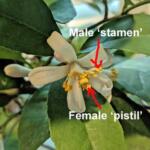
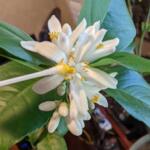
Pollination and Fruit Development
Meyer lemon trees, when grown indoors, require manual pollination to ensure fruit set. During the flowering period, gently transfer pollen from one blossom to another using a small brush or cotton swab. This process helps imitate the action of bees and promotes fruit development.
There are two parts to the flower. The long center stem with the yellow pollen at the end is the female part, called the pistil. The tip needs to receive pollen when it becomes sticky. It will almost have a shiny look to it.
The other filaments in the center and around the pistil are collectively called the stamen. These are the male parts. You can usually see the yellow pollen grains, called anthers, at the ends of the filaments.
To get the pollen grains onto the center stem ‘filament’, simply use a cotton swab or a small paintbrush. Gently gather the outer pollen & rub it on t he center filament.
A lot of times it is difficult to know which flowers have ripe pollen. The solution is to simply rub each flower daily while in bloom. Rub the outer parts first, then the inner stigma with your brush or cotton swab.
I just keep using the same cotton swab every day. It accumulates pollen this way, helping ensure pollination.
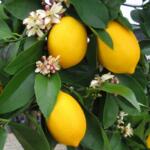
Harvesting and Using Meyer Lemons
The wait is over, and your Meyer lemons are ripe and ready for harvest! When the fruits turn bright yellow and have a slight give when gently squeezed, it’s time to pick them. Twist or cut the lemons from the tree, leaving a small stem intact. Meyer lemons are versatile in the kitchen – use them in desserts, cocktails, sauces, and marinades, or simply squeeze them over dishes to add a burst of freshness.
Troubleshooting Common Issues
Yellowing leaves, leaf drop, fruit drop, and stunted growth are occasional challenges you may encounter. Yellow leaves may indicate nutrient deficiencies or pests, while fruit drop can be caused by temperature fluctuations or inadequate pollination. Address these issues promptly by investigating the root causes and taking appropriate remedial measures.
Additional Tips and Tricks
Boost your Meyer lemon tree’s growth and productivity with some additional tips. Regularly prune the tree to remove deadwood and promote new growth. Provide organic fertilizers tailored to citrus trees to ensure optimal nutrition. Combat pests naturally using solutions such as soapy water or diluted vinegar sprays.
Common Mistakes to Avoid
To ensure your Meyer lemon tree thrives indoors, steer clear of common mistakes. Avoid overwatering, which can lead to root rot, and under-watering, which causes stress and poor fruit development. Neglecting to monitor humidity and temperature levels can also be detrimental to your tree’s health.
Conclusion
Growing a Meyer lemon tree indoors is an exciting journey that rewards you with an abundance of fragrant flowers and succulent lemons. With proper care and attention to detail, you can relish the joy of nurturing your very own indoor citrus tree. So, roll up your sleeves, gather the essentials, and embark on this citrus adventure that will bring endless delight to your indoor garden.
Meyer Lemon Tree Frequently Asked Questions
View the lowest prices on the Improved Dwarf Meyer lemon tree from our top-rated online nurseries.
- Most Popular Spring Blooming Evergreen Shrubs - March 6, 2025
- UPDATE! Unboxing Houseplant From Perfect Plants Nursery - March 5, 2025
- Winter Landscape Tips: How To Get A Head Start On Spring - January 6, 2025


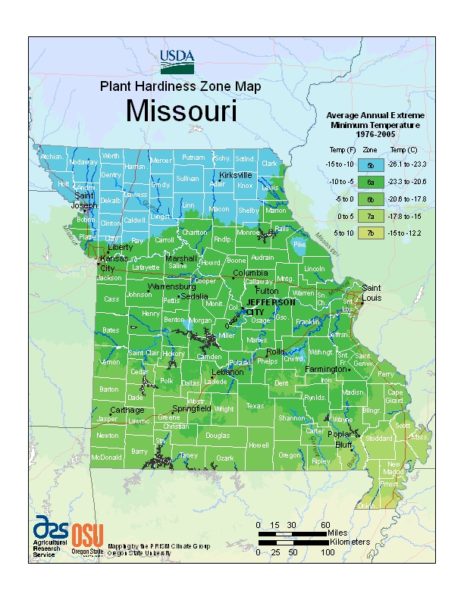





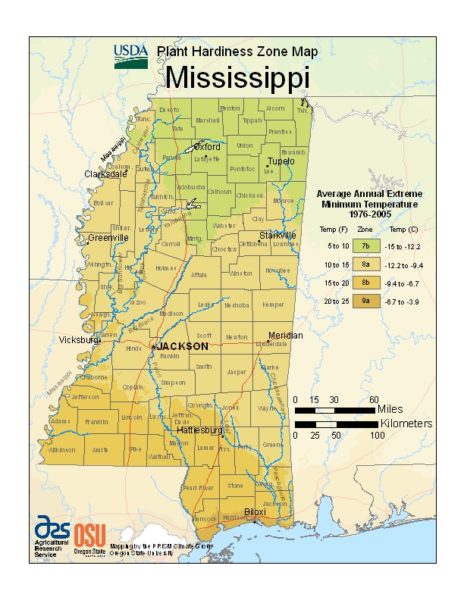





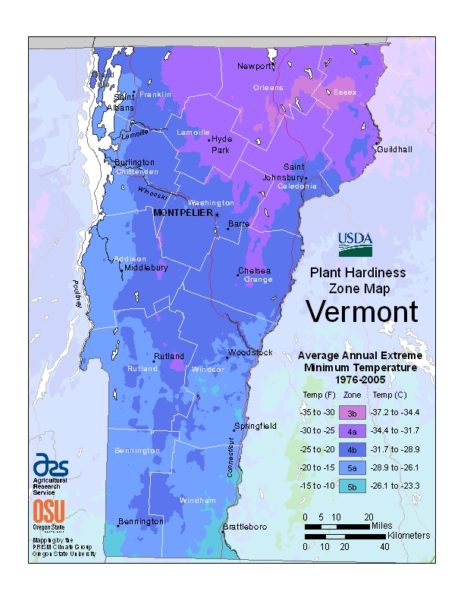









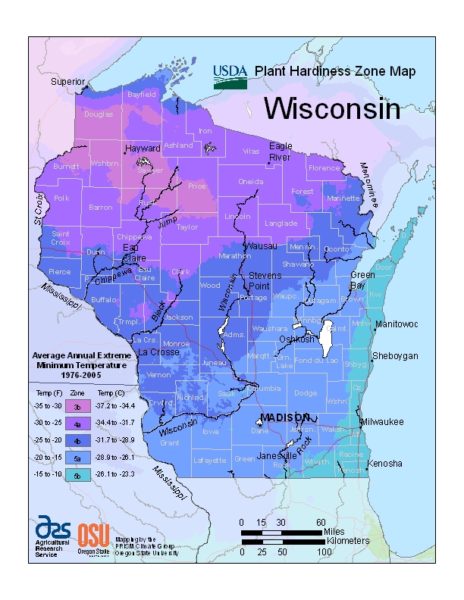 Wisconsin
Wisconsin






